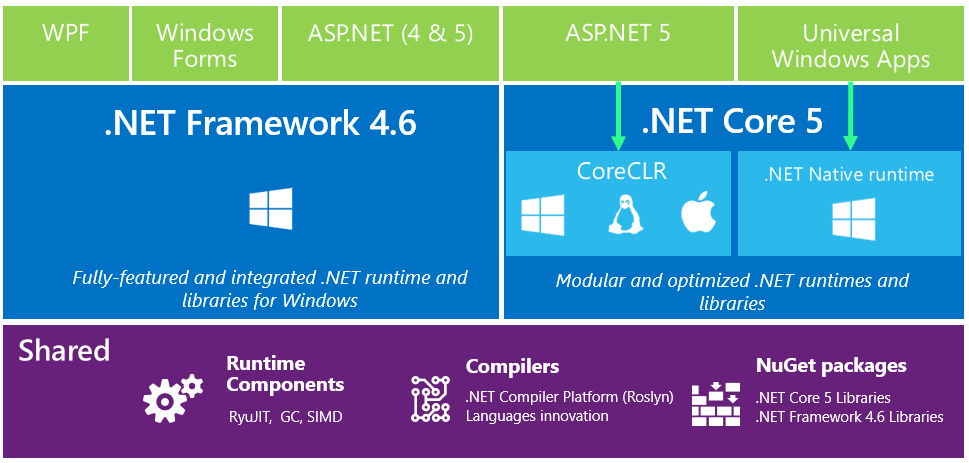

- .net framework tls versions install#
- .net framework tls versions update#
- .net framework tls versions code#
In our first scenario, we troubleshooted a "The underlying connection was closed: Could not establish trust relationship for the SSL/TLS secure channel" error message. Microsoft provide an excellent article on their TLS best practices, which can be found at the external link here.This is the second part of our series of articles about troubleshooting TLS / SSL communications problems when you make Http Web Request or WCF queries from your ASP.NET applications to SSL endpoints. Registry value for SystemDefaultTLSVersions will still need added manually.
.net framework tls versions update#
Windows Server 2016 - No update required.

Windows Server 2008 R2 - KB3154518 (Ensure that TLS 1.1 and TLS 1.2 are enabled first)

Windows Server 2008 - KB3154517 (Ensure that TLS 1.1 and TLS 1.2 are enabled first) Once installed, you will need to add the registry value for SystemDefaultTLSVersions as mentioned in the articles below: Windows Updates are available to enable support for TLS 1.1 and TLS 1.2 for legacy applications compiled for.
.net framework tls versions install#
Administrators can install an update and set a registry value to override this (detailed below): NET Framework 2 to 3.5 will use the following security protocols by default. Administrators can override this with the SchUseStrongCrypto registry value specified here.:Īpplications compiled for. NET Framework 4.5.2 will use the following security protocols by default. NET Framework 4.6 and higher will use the following security protocols by default:Īpplications compiled for. NET Framework decide which protocols to use.Īpplications compiled for. Microsoft recommend that applications should always let the. This is not considered good practice for production applications, but can be used in testing.
.net framework tls versions code#
NET applications will be able to negotiate TLS 1.0 connections.Īpplication developers can explicitly specify through code which security protocols to use, providing that the security provider (Schannel) supports it. For example, if client-side TLS 1.0 is disabled in the registry then no. NET Framework versions:Īny changes made to Schannel protocols and ciphers, through registry or group policy, will also apply to applications using the. There are a few caveats to keep in mind when dealing with. For this part of the process, the webserver will act as the “TLS client”, and the payment gateway will be the “TLS Server”. If the webserver then connects to a payment gateway when the user makes a payment, the webserver must initiate another TLS connection from the webserver to the payment gateway API. A TLS connection will be established between these endpoints. When a user visits a website, their device will be the “TLS client”, and the webserver will be the “TLS server”. A good example of this would be a 3rd party payment gateway. NET applications will usually be the “client” in the TLS handshake. NET that your application is targeted for will dictate which protocols are supported. Windows Schannel will also handle the client-side TLS negotiation and cipher suite selection for any applications using the.


 0 kommentar(er)
0 kommentar(er)
